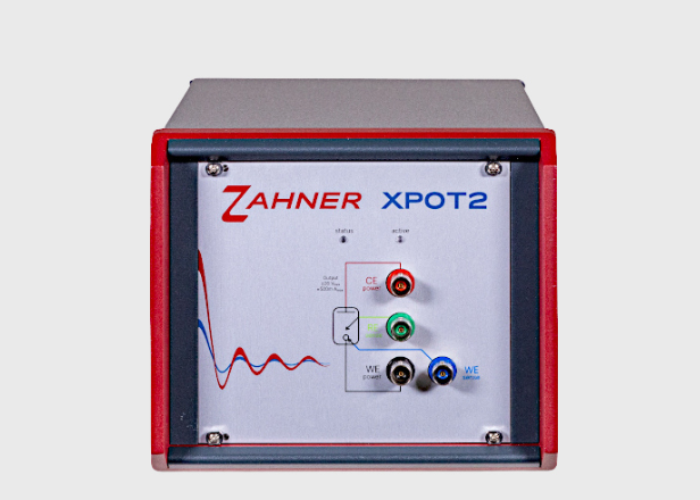
XPOT2
The XPOT2 as a high precision auxiliary potentiostat adds an additional channel to the ZENNIUM series potentiostat for bi-potentiostat functionality.
The combination of ZENNIUM and XPOT2 enables rotating ring disk electrode (RRDE) measurements or hydrogen permeation in Devanathan cells.
XPOT2 Highlights:
The XPOT2 as a high precision auxiliary potentiostat adds an additional channel to the ZENNIUM series potentiostat for bi-potentiostat functionality. The combination of ZENNIUM and XPOT2 enables rotating ring disk electrode (RRDE) measurements or hydrogen permeation in Devanathan cells. The XPOT2 provides up to ±500 mA output current and up to ±25 V compliance voltage. The XPOT2 contains 9 current ranges which enable it to carry out outstandingly precise and accurate measurements.
In addition, the XPOT2 potentiostat can also be used as a standalone potentiostat and can be controlled by Zahner-Lab.
The Zahner’s potentiostats can be incorporated in a Python lab environment and can be used as stand-alone or in multi-channel configurations. A GitHub repository with examples is available for developing Python applications.
- Standalone operation and possible integration in a Python work environment
- Extension for bipotentiostat applications
Technical Specifications
Precision engineering for accurate measurements
| Modes of Operation | Potentiostatic, Galvanostatic, Pseudo-Galvanostatic, OCP |
|---|---|
| Max Power | 12 W |
| Max Voltage | ±25 V |
| Max Current | ±0.5 A |
| Ground Reference | Grounded, Floating |
Resources & Downloads
Everything you need to get started
XPOT2 Data Sheet
XPOT2 Data Sheet
Manual XPOT2
Publications
Research powered by Squidstat technology
XPOT2 Publications 1
XPOT2 Publications 2
XPOT2 Publications 3
XPOT2 Publications 4
XPOT2 Publications 5
XPOT2 Publications 6
XPOT2 Publications 7
XPOT2 Publications 8
XPOT2 Publications 9
Customer Reviews
Related Product
Explore our precision instruments designed for electrochemical research and energy applications

PP212
- Modes of Operation: Potentiostatic, Galvanostatic, Pseudo-Galvanostatic, OCP
- Max Power: 200 W
- Max Voltage: ±20 V
- Max Current: ±10 A
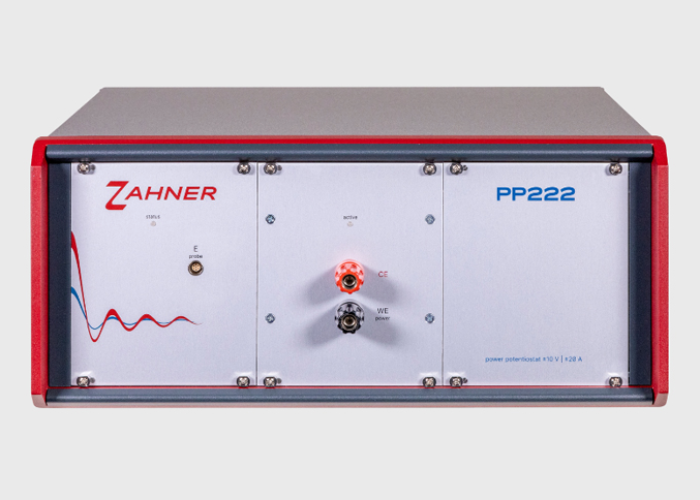
PP222
- Modes of Operation : Potentiostatic, Galvanostatic, Pseudo-Galvanostatic, OCP
- Max Power: 200 W
- Max Voltage: ±10 V
- Max Current: ±20 A
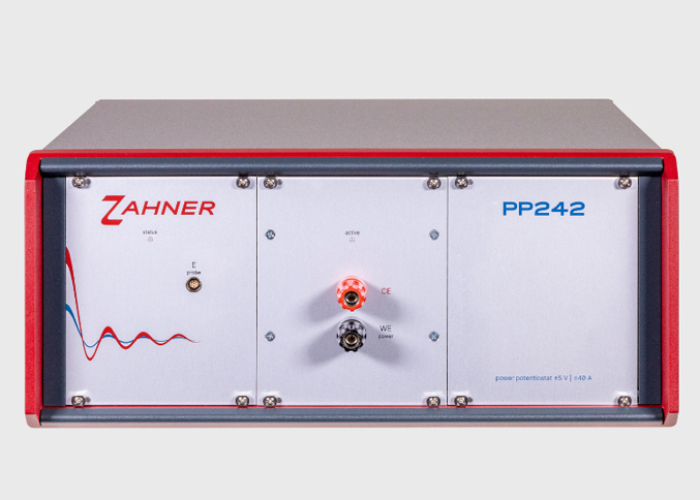
PP242
- Modes of Operation: Potentiostatic, Galvanostatic, Pseudo-Galvanostatic
- Max Power: 200 W
- Max Voltage: ±5 V
- Max Current: ±40 A
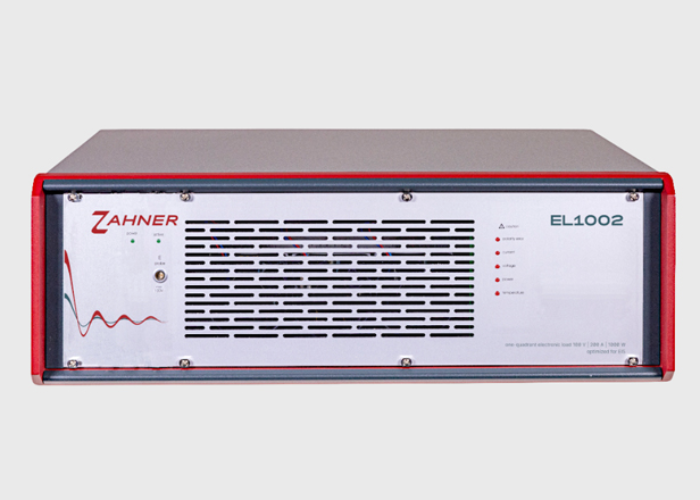
Electronic Load – EL1002
- Modes of Operation: Potentiostatic, Galvanostatic, Pseudo-Galvanostatic
- Maximum Measurable Voltage: ±100 V
- Maximum Measurable Current: ±680 A
- Maximum Input Voltage: 100 V
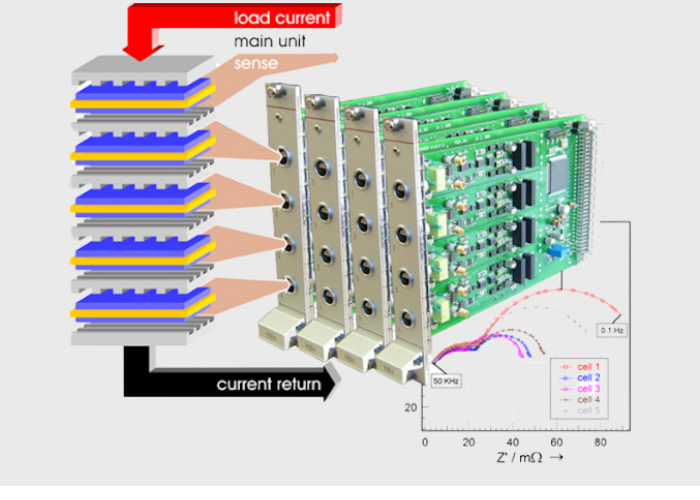
PAD4 Cards
- Channels per card: 4 individually addressable
- Sockets: 4x Lemosa EGA.0B.307.CLL
- Input voltage range: ±4 V, ±5 V1, ±10 V1, ±12 V1, ±20 V1 or ±24 V1
- Input voltage accuracy: ±250 µV ±0.05% of reading ±4 V input voltage range
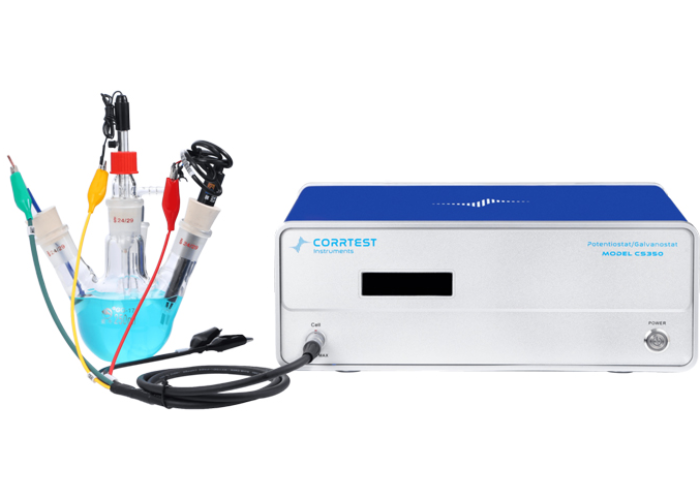
Pitting corrosion potential measurement potentiostat CS300M
- Support 2-, 3- or 4-electrode system: Potential and current range: Automatic
- Potential control range: ±10V: Current control range: ±2A
- Potential control accuracy:0.1%×full range±1mV: Current control accuracy: 0.1%×full range
- Potential resolution: 10μV (>100Hz),3μV (<10Hz): Current sensitivity:1pA
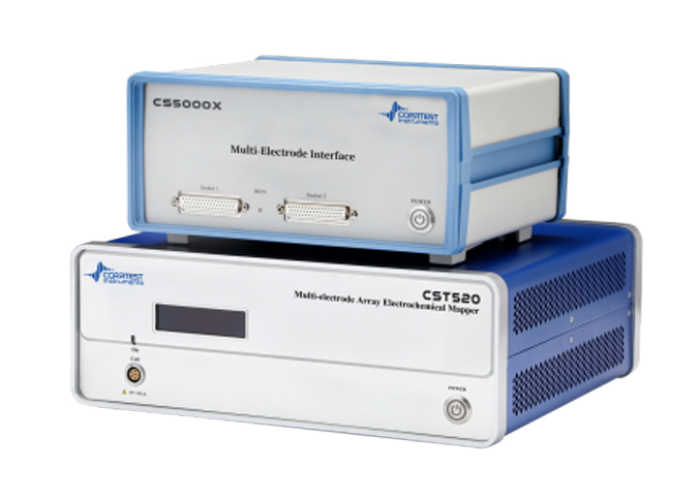
CST520 Multi-electrode Array Electrochemical Mapper
- Potential range: ±10V, ±5V, ±2.5V
- Potential control accuracy: 0.1% of Full scale±1mV
- Current range: 2nA~2 A,10 ranges
- Maximum current output: ±2A
Still Wondering About Something?
Explore our FAQ for fast, clear answers to the most common questions—available 24/7.


